A Portable Layout in S-Scale
| Home |
Click on this link to see the original post on the Detroit Zoo blog
Thanks to racecars, airplanes and dogged determination, the Tauber Family Railroad trains are running like well-oiled – and greased-up – machines.
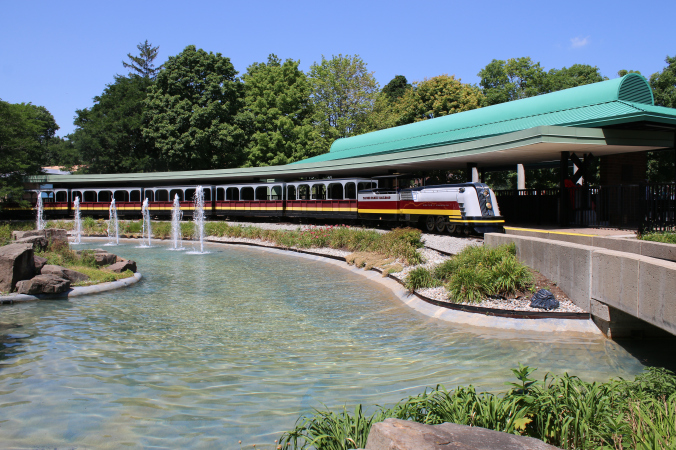
The Detroit Zoo’s Tauber Family Railroad has been a longtime favorite of guests of all ages. In 1931, three years after the Detroit Zoo opened its doors, the railroad system was donated by The Detroit News and it wasn’t long before riding the train became as much a part of going to the Zoo as seeing the animals.
After serving an estimated 10 million riders, the original train was retired in 1949. In 1950, Chrysler donated three new trains, the Scripps, Reuther and Walter P. Chrysler. These trains – which the Detroit Zoo mechanics affectionately refer to as Scrippy, Ruthy and Wally – are still in use today, with rides offered daily from May to October, when the weather permits.
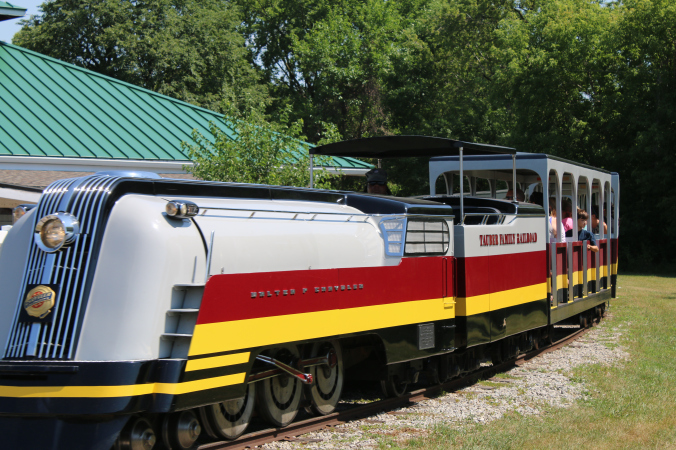
Running for eight hours a day, seven days a week will put a strain on any piece of equipment, let alone a machine that has been around since Harry Truman was in the White House. To accurately portray just how “experienced” the trains are, when they were donated, gas cost just $0.18 a gallon, Disneyland wouldn’t be opened for another five years, television viewers were a year away from being able to watch “I Love Lucy” and there were still only six hockey teams in the NHL.
When Tim Wade was hired by the Detroit Zoological Society’s (DZS) maintenance department in 2014, the trains were known to be less than reliable, though still safe. In the short amount of time that Wade has been a part of the DZS family, he has changed the entire way that the trains are maintained and repaired. Previously, mechanics would rob parts from one train to ensure the other two were running; now Wade makes sure only the most dependable parts are being used. Wade and the DZS maintenance team, which also consists of Ben Fritsch, Alvin Dillard and Ross Urtel, have integrated new fleet maintenance practices into the upkeep of the train; ensuring that when Zoo guests want to ride the train, they can.
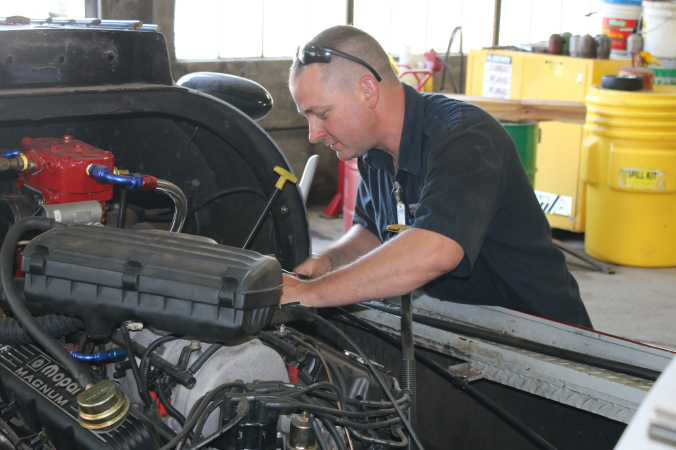
Because of the loads that these trains carry, there is a need for proper maintenance and repair. By bringing his technical expertise, as well as his racing background into his work on the trains, Wade has been able to improve the efficiency of the railroad system. Wade grew up racing cars, which meant needing to be both the engineer and the mechanic when it came to maintaining as well as enhancing the vehicles he was racing. Wade has been involved in the mechanical trade as long as he can remember. He says that he got his doggedness and dedication to quality from his father, who was an aviation mechanic.
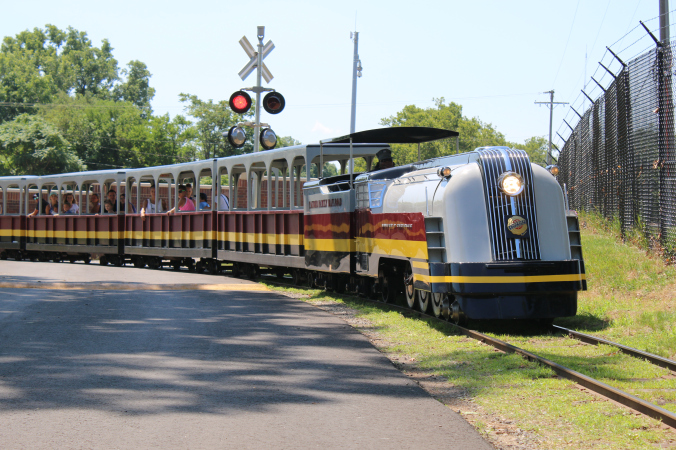
Having never worked on a train before, Wade will be the first to admit that initially the task of maintaining the trains was a little overwhelming. This was when Wade decided that he should think of the trains as a racecar, and after that, improvements really started happening. His idea was to treat the trains as if they needed to finish an eight-hour race, and anything less than that would be unacceptable.
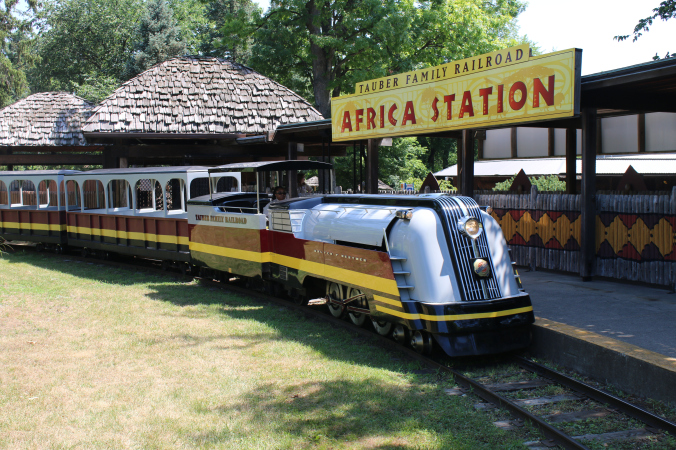
As a mechanic, most of Wade’s work is done behind the scenes, which he says suits him, as praise has never been important to him. However, if he is having a bad day, he says walking over to the Africa Train Station and seeing the families smiling, waving and enjoying their time at the Zoo gives him a real sense of pride knowing that his work has made a difference in their experience.
And a legacy has been born, as the mechanics take special joy in talking about the trains with those who could one day step into their shoes. The DZS education staff periodically brings kindergarten “World Travelers” to the maintenance shop to see the trains, meet their keepers and hear the tales of Wally, Scrippy and Ruthy.
Click on this link to see the original post on the Detroit Zoo blog
Click on this link to visit the original post
Built in 1931, the miniature railroad was credited with helping the Detroit Zoological Park survive hard times during the Great Depression. Starting out at a nickel a ride, train fares provided the zoo with dependable revenue. The replica steam locomotives and passenger cars became obsolete in 1948.
The next year, in 1949, the founder of the Chrysler Corporation, Walter P. Chrysler, offered to develop a completely new design and power plant for the the Detroit Zoological Park . The result is a trim eight-ton streamliner train engine: The Walter P. Chrysler.
The job was assigned to the Engineering Division and all the departments—Art, Development and Road Test—helped out. The power plant is a six- cylinder automobile engine with fluid drive and hydraulic transmission. It can make about 25 mph and has a standard Chrysler cooling system.
Chrysler designed, built and donated two more railroad engines in 1950 and 1951. The zoo’s new trains were modeled after the fast, aerodynamic Streamliners of that era.
After serving millions more riders, the trains were idled again in 1980 for repairs. A fund drive raised $300,000, including donations from children’s allowances and proceeds from a zoo garage sale. In 1984, the trains returned to service.
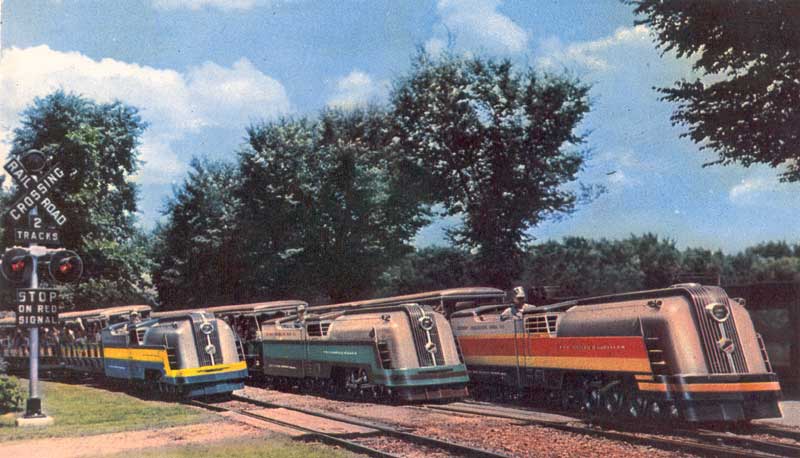
above the 1949 (Wally), 50 (Ruthy), and 51 (Scrippy) from right to left the Walter P. Chrysler, Reuther and Scripps. These trains – which the Detroit Zoo mechanics affectionately refer to as Wally, Ruthy and Scrippy – are still in use today, with rides offered daily from May to October
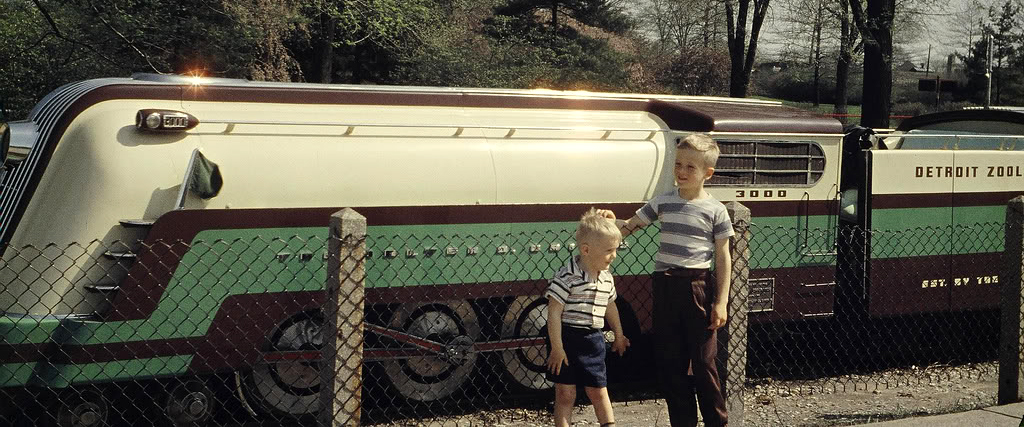
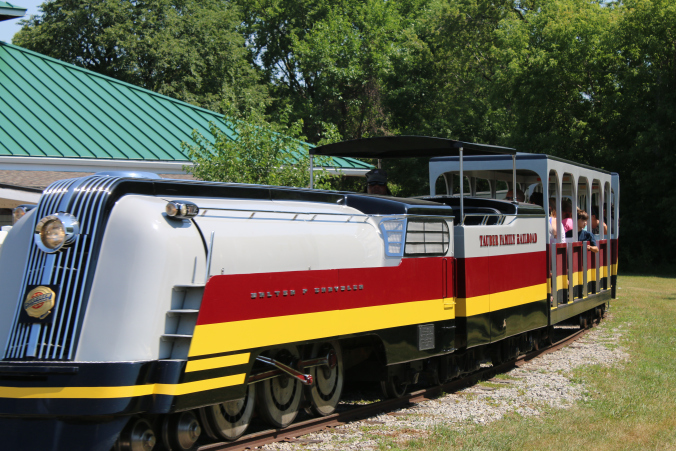
Tim Wade, the son of an aviation mechanic, has been able to improve the efficiency of the railroad system since being hired as to the zoo's maintenance department in 2014. Wade grew up racing cars, and has changed the entire way that the trains are maintained and repaired.
Links in the blog post:
Chrysler Builds a Locomotive
Miniature Narrow Gauge
Click on this link to visit the original post
| Home |